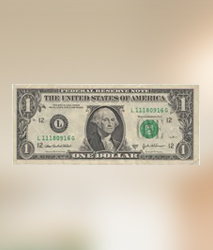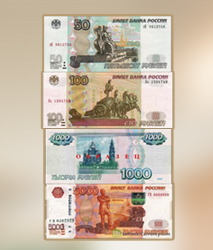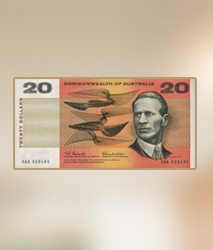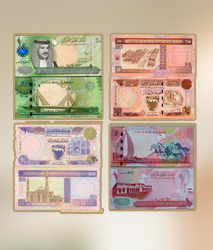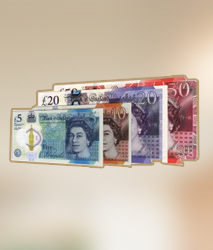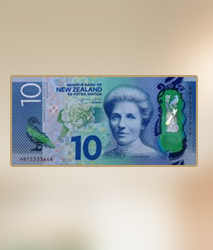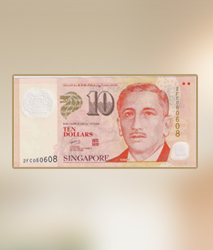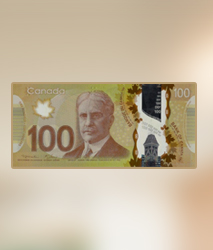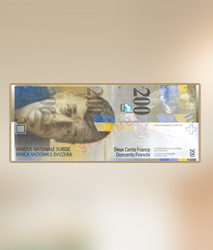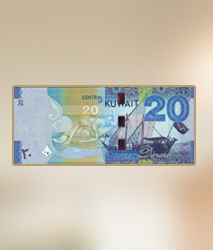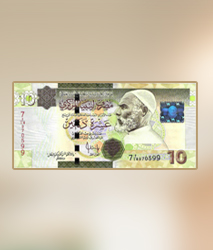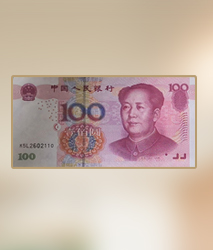
The renminbi is the official currency of China and one of the world's reserve currencies. The yuan is the basic unit of the renminbi, but the word is also used to refer to the Chinese currency generally, especially in international contexts. One yuan divides into ten jiao, and a jiao in turn divides into ten fen.
Until 2005, the value of the renminbi was pegged to the US dollar. As China pursued its transition from central planning to a market economy and increased its participation in foreign trade, the renminbi was devalued to increase the competitiveness of Chinese industry.
It has previously been claimed that the renminbi's official exchange rate was undervalued by as much as 37.5% against its purchasing power parity. However, more recently, appreciation actions by the Chinese government, as well as quantitative easing measures taken by the American Federal Reserve and other major central banks, have caused the renminbi to be within as little as 8% of its equilibrium value by the second half of 2012.
Since 2006, the renminbi exchange rate has been allowed to float in a narrow margin around a fixed base rate determined with reference to a basket of world currencies. The Chinese government has announced that it will gradually increase the flexibility of the exchange rate. As a result of the rapid internationalization of the renminbi, it became the world's 8th most traded currency in 2013, 5th by 2015, but 6th in 2019.
On 1 October 2016, the RMB became the first emerging market currency to be included in the IMF's special drawing rights basket, the basket of currencies used by the IMF (reserve currency).

